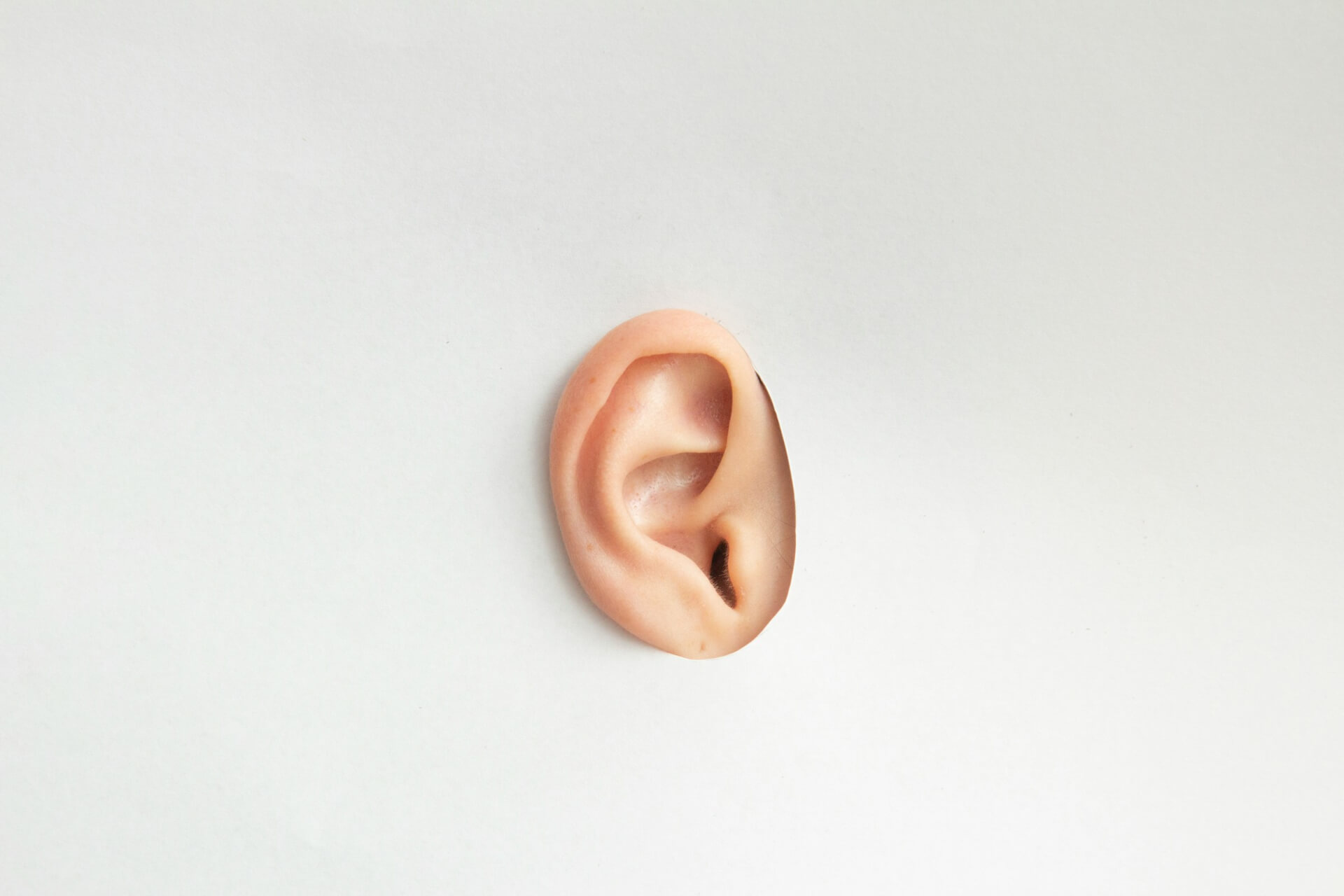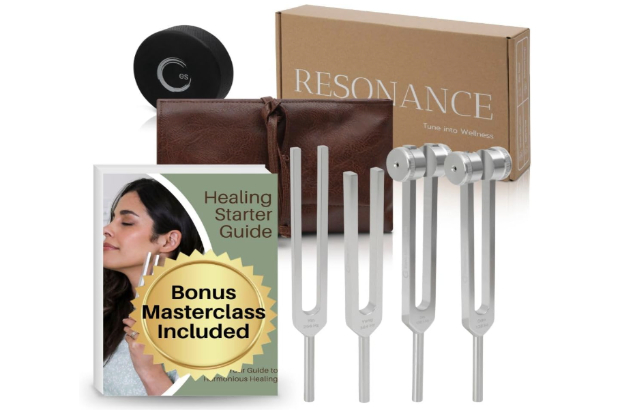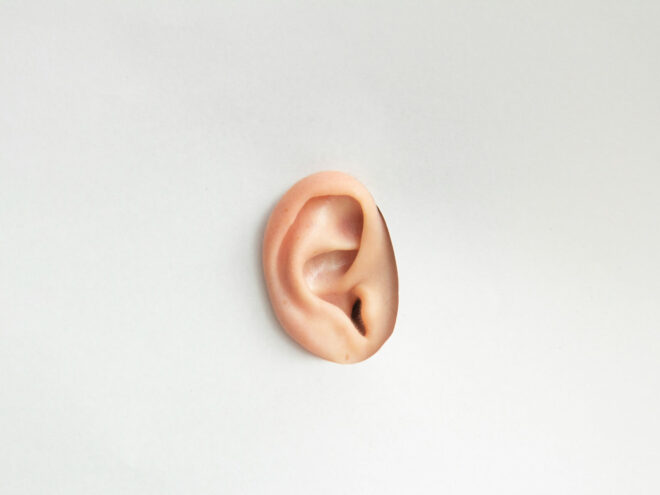Natural Remedies • 07/10/2025
What Is Sound Healing? Explore These Scientific Benefits

Revivalist is a reader-supported endeavor and our posts may contain affiliate links. When you buy through links on our site, we may earn an affiliate commission.
If you’ve ever been comforted by a song or calmed by the gentle rhythm of someone humming, you’ve already experienced sound healing in its simplest form. Mothers instinctively sing or hum to soothe babies, not because they read it in a book but because the body responds to vibration. That same instinct is at the heart of modern sound healing practices.
Sound healing is the use of vibrational frequencies — tones, rhythms and harmonics — to promote physical and emotional well-being. You might experience it through music, tuning forks, gongs or singing bowls. While it’s rooted in ancient traditions, today’s tools and research are catching up with what humans have intuitively known all along — sound can heal.
How Sound Healing Works
Everything in your body vibrates — your cells, bones, nervous system and thoughts. When those vibrations fall out of balance, it can manifest as stress, anxiety or physical pain. Sound healing uses specific frequencies to bring your body back into a state of harmony gently.
Practitioners may use crystal bowls, Tibetan singing bowls, tuning forks, gongs or chimes. Some sessions include vocal tones or instruments played directly over the body. Each sound is chosen to support energy, release tension or help you move into a meditative state. Some therapists use magnetic therapy or aura balancing to improve the results of sound healing.

The Scientific Benefits of Sound Healing
You don’t need to understand every frequency or brainwave to feel the effects. But for those who like data, there’s growing research on the scientific benefits of sound healing, especially when it comes to reducing stress and supporting the nervous system. Vibrational frequencies can redirect thoughts, breaking stress patterns and deep thinking that dominate half of your day.
Reduced Stress and Anxiety
A 2023 study during the pandemic found that virtual sound healing treatments led to clinically significant drops in anxiety, negative emotions and perceived stress. Participants felt calmer after just a few sessions, without medication or in-person visits.
Improved Nervous System Functioning
Sound affects your vagus nerve, significantly affecting rest, digestion and recovery. Toning or chanting can even stimulate this nerve directly, helping your body shift out of fight-or-flight mode.
Increased Heart Rate Variability (HRV)
Higher HRV is good — it means your body can bounce back from stress more easily. Sound healing can support HRV by calming the nervous system and helping you recover from emotional or physical strain.
Immunity Boost and Accelerated Healing
Chronic stress suppresses immune function. Sound healing calms the stress response, allowing the immune system to do its job. That’s why some hospitals now use music therapy or tonal stimulation alongside traditional treatments.

The Spiritual Benefits of Sound Healing
Some effects go beyond what you can measure on a chart. The spiritual benefits of sound healing are subtle but powerful. People often report feeling more grounded, clear or connected to something larger than themselves.
Sound creates space for inner reflection. It can help you release emotional tension, clear mental clutter or drop into a deeper meditative state — even if you struggle with meditation otherwise. Traditions from around the world have used sound in ceremonies for generations, not to “fix” you, but to reconnect you.
When you lie on the floor with a bowl humming beside you, it’s not just about relaxation. You’re tuning in to your own energy, and sometimes, that’s when healing begins.
How Sound Healing Helps Your Mind and Body
Sound doesn’t just make you feel better emotionally — it affects your physical systems in specific, observable ways.
- Improved sleep: Certain solfeggio tones at 528 Hz help regulate brainwaves linked to deep sleep. Sound healing might help your body slow down and rest naturally if your mind races at night.
- Increased focus and clarity: Some sound methods, including binaural beats, can train your brain toward better concentration. Older research suggests music may be helpful for ADHD and other attention disorders.
- Pain relief: Ultrasound has long been used to promote deep healing in medicine for pain and inflammation. But even gentle sounds — like low-frequency vibrations — may shift your perception of pain by calming the nervous system, according to an older study on cancer treatment with sonotherapy.
This video of binaural beats shares the experience of sound to manage anxiety and hyperactivity.
Helpful Tools to Try Sound Healing at Home
If you’re curious but not ready to book a session, you can try plenty of beginner-friendly tools at home. These devices let you experiment with sound on your own terms — no training or studio required.
432HZ Set of 7 Colored Crystal Singing Bowls
This set is perfect if you’re drawn to structured rituals or want to support specific areas of your body or emotions. The bowls resonate strongly — headphones can’t replicate this kind of physical vibration.
- Includes seven chakra-tuned quartz bowls
- Produces rich, deep tones ideal for meditation

Use this handy introduction to singing bowls and how to get them to sing as the vibrations resonate around the rim.
Resonance Tuning Forks for Healing Set
These tuning forks are precise and versatile. Strike one, hold it near your ear or place it near a tight muscle, and feel your body respond within seconds.
- 4-piece aluminum set with storage pouch and guide
- Designed to activate organs and energy pathways

Authentic Tibetan Singing Bowl Set
This is a great entry point into sound healing. It’s portable and simple, yet powerful enough to shift your mood or bring stillness to a busy day.
- Bronze bowl with a striker, guide and cushion
- Handcrafted for long, resonant tones

Arborea Sound Healing and Therapy Mini Gong
This is a small but mighty addition to your daily routine. A single strike can bring you into the present or help close out a long workday with intention.
- Compact design for meditation cues
- Beautiful tone to mark the beginning or end of a session

Sound Healing Side Effects and What to Expect
Sound healing is generally gentle, but it’s still a form of energy work. That means you may notice some unexpected responses, especially after your first session.
Sound healing side effects can include:
- Mild emotional release like tears, laughter or restlessness
- Slight headaches or tiredness if your body’s processing something
- Discomfort with certain frequencies or instruments, especially gongs or very high tones
If that happens, it’s a sign your nervous system is adjusting. Drink water, rest and let your body recalibrate. You’re not doing it “wrong” — you’re just tuning up.
What a Sound Healing Session Looks Like
Most sessions are relaxing and straightforward. You’ll lie down fully clothed while the practitioner uses sound tools around or on your body. Some include guided meditation, while others are more intuitive and immersive.
Virtual sessions are also effective — studies show that sound healing can work remotely, especially when using biofield tuning or binaural frequencies. All you need is a quiet space and a pair of headphones.
You don’t need to believe in it, know how chakras work or sit cross-legged for hours. You just need to show up, listen and allow the sound to do its thing.
How Sound Affects Plants — and What That Means for You
Plants don’t have ears, but they respond to vibrational frequencies, just like you do. Studies have shown that certain sounds, especially low-frequency vibrations between 250 Hz – 1.5 kHz, can stimulate plant growth by enhancing nutrient absorption and activating genes linked to development. Classical music and gentle, rhythmic tones encourage stronger roots and taller stems, while harsh noise can stress plants and stunt growth.
Sound creates resonance within cells, which may boost circulation and cellular communication in plants and people. If plants thrive when exposed to the right tones, it’s not a stretch to think your body might, too. Healing frequencies aren’t just “woo” — they’re natural physical forces that promote balance across all living systems.
FAQs
Can Sound Healing Replace Traditional Medicine?
No — it’s a complementary therapy. It supports your body’s healing process but isn’t a replacement for professional medical care.
How Often Should I Try Sound Healing?
That depends on your needs. Some people do it weekly, others monthly. If you’re working through stress or burnout, regular sessions may help faster.
What’s the Difference Between Music Therapy and Sound Healing?
Music therapy is clinical and guided by licensed professionals, often using specific songs. Sound healing is broader and focuses on tone, vibration and energy.
Can Kids or Pets Benefit From Sound Healing?
Absolutely. Children and animals often respond more quickly than adults because they’re more energetically open.
Do I Need to Believe in Sound Healing for It to Work?
Nope. Your body responds to vibration, whether your brain gets it or not.
Tuning In to a Deeper Harmony
You already use sound to soothe yourself — in your playlists, your voice and the background noise you reach for after a long day. Sound healing just takes that instinct and turns it into something more intentional.
It’s not about fixing what’s wrong. It’s about helping your body remember how to feel safe, balanced and whole. Whether you’re drawn to ancient bowls, modern tech or a simple hum, sound is one of the gentlest ways to reconnect with your breath, your rhythm and yourself.
Subscribe to Our Weekly Newsletter
We would love to connect deeper with you!


